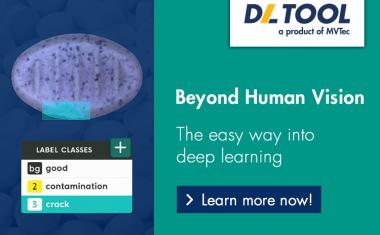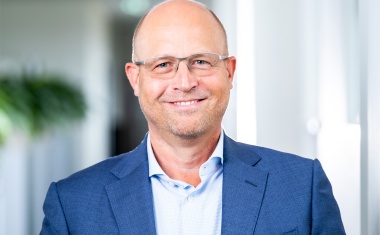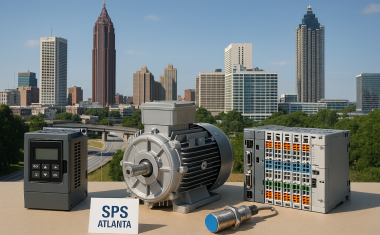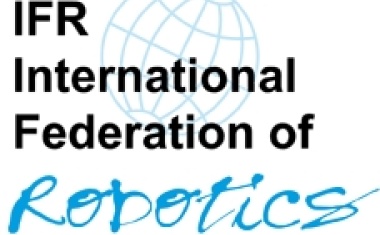Superfluorescence in superlattices
Colloidal cesium lead halide perovskite nanocrystals emit very bright light.
It had long been speculated that mixing different kinds of nanocrystals would allow the engineering of completely new supramolecular structures. The electronic, optical or magnetic properties of such multicomponent assemblies would be expected to be a mélange of the properties of the individual components. In the early years, the work had focused on mixing spheres of different sizes, resulting in dozens of various superlattices with packing structures that mimic common crystal structures, such as table salt - albeit with crystal unit cells ten- to 100-times larger. Now, the team led by Maksym Kovalenko and Maryna Bodnarchuk managed at Empa and ETH Zurich to expand the knowledge a great deal further: They set out to study a mixture of spheres and cubes to start with. The chosen cubes, colloidal cesium lead halide perovskite nanocrystals, are the brightest light emitters developed to date, ever since their invention by the same team six years ago. The superlattices the researchers obtained are not only peculiar as far as their structure is concerned, but also with respect to some of their properties. In particular, they exhibit superfluorescence.
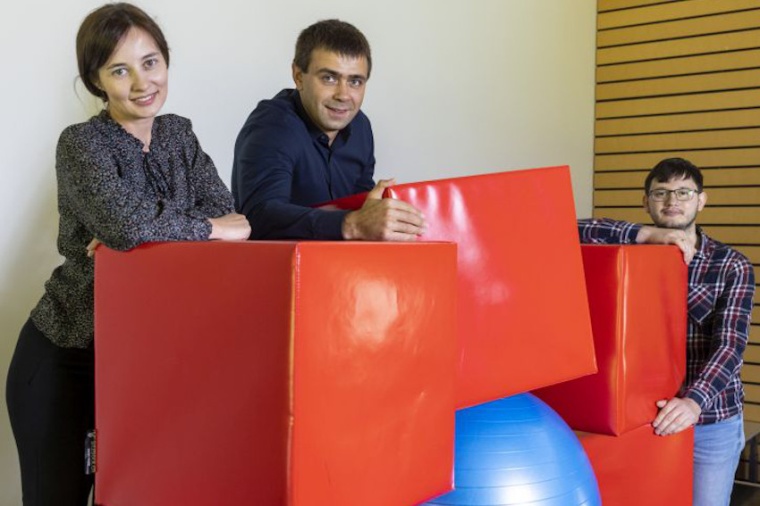
The nanocrystals arrange themselves to form structures familiar from the world of minerals such as perovskites or rock salt. All these structures, however, are 100-times larger than their counterparts in conventional crystals. A perovskite-like structure had never before been observed in the assembly of such non-interacting nanocrystals. These highly ordered structures are created solely by the force of entropy. This paradoxical assembly occurs because, during crystal formation, the particles tend to use the space around them most efficiently in order to maximize their freedom of motion during the late stages of solvent evaporation, i.e. before they are frozen in their eventual crystal lattice positions. In this regard, the shape of the individual nanocrystals plays a crucial role – soft-perovskite cubes allow for a much denser packing than what is attainable in all-spherical mixtures. Thus, the force of entropy causes the nanocrystals to always arrange in the densest possible packing – as long as they are designed such that they do not attract or repel each other by other means, such as electrostatics.
“We have seen that we can make new structures with high reliability,” says Maksym Kovalenko. “And this now raises many more questions; we are still at the very beginning: What physical properties do such weakly bonded superlattices exhibit and what is the structure-property relationship? Can they be used for certain technical applications, say, in optical quantum computing or in quantum imaging? According to what mathematical laws do they form? Are they truly thermodynamically stable or only kinetically trapped?”
Kovalenko is now searching for theorists who might be able to predict what may yet happen. “We will eventually discover completely new classes of crystals,” he speculates, “ones, for which there are no natural models. They will then have to be measured, classified and described.” Having written the first chapter in the textbook for a new kind of chemistry, Kovalenko is more than ready to deliver his share to make that happen as fast as possible. “We are now experimenting with disk- and cylinder-shaped nanocrystallites. And we're very excited to see the new structures they enable”, he says. (Source: Empa)




